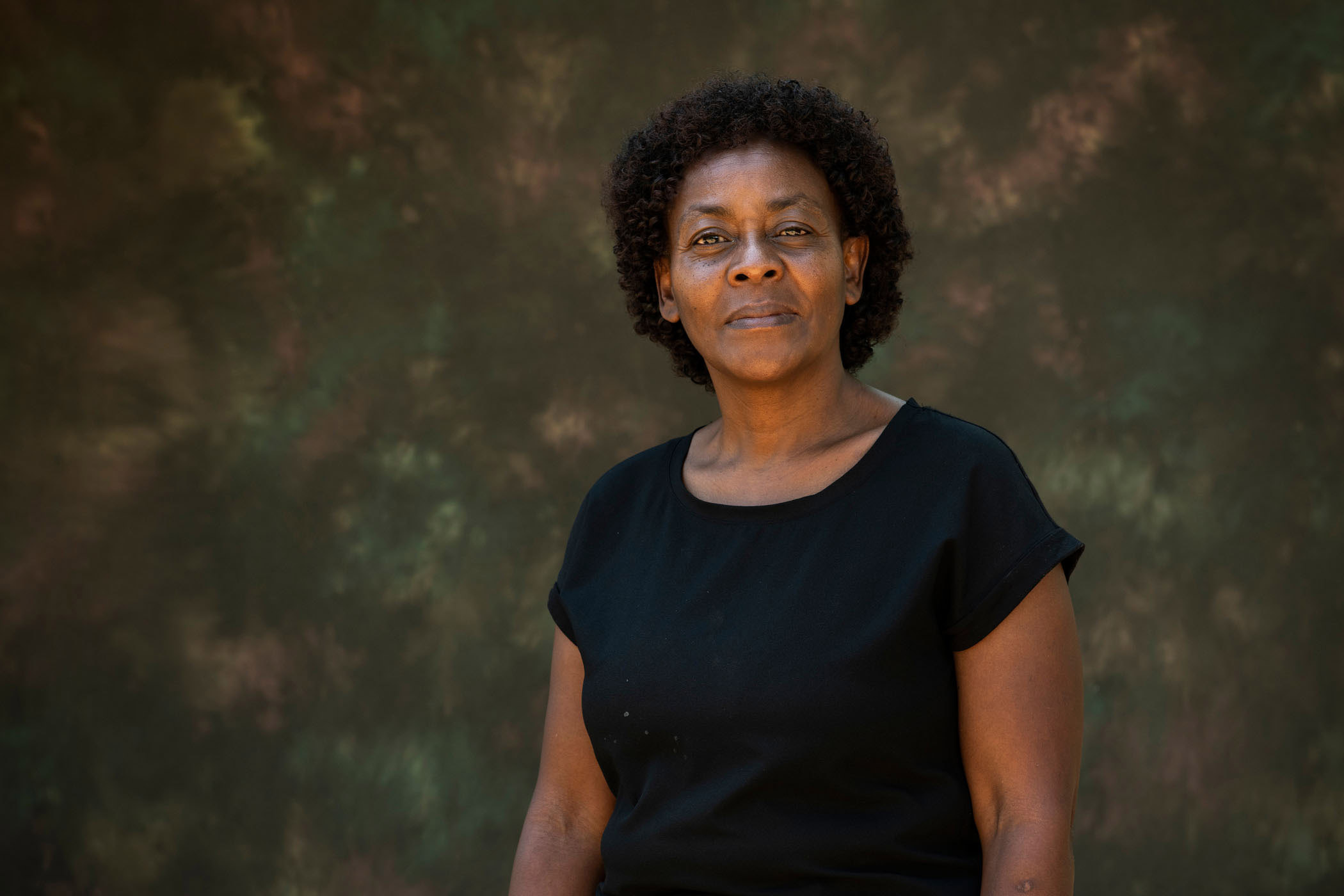Responding to drought, researchers and farmers work to climate-proof households.
In 2016, the tail-end of a prolonged drought in Kenya hit many farming households hard. After farming indigenous crops for 20 years, Poline and John Omondi experienced a total crop failure, devastating their household income.
“It resulted in hunger in the house,” says John. “We needed to get enough food to survive. Sometimes we couldn’t even go for one meal in a day.”
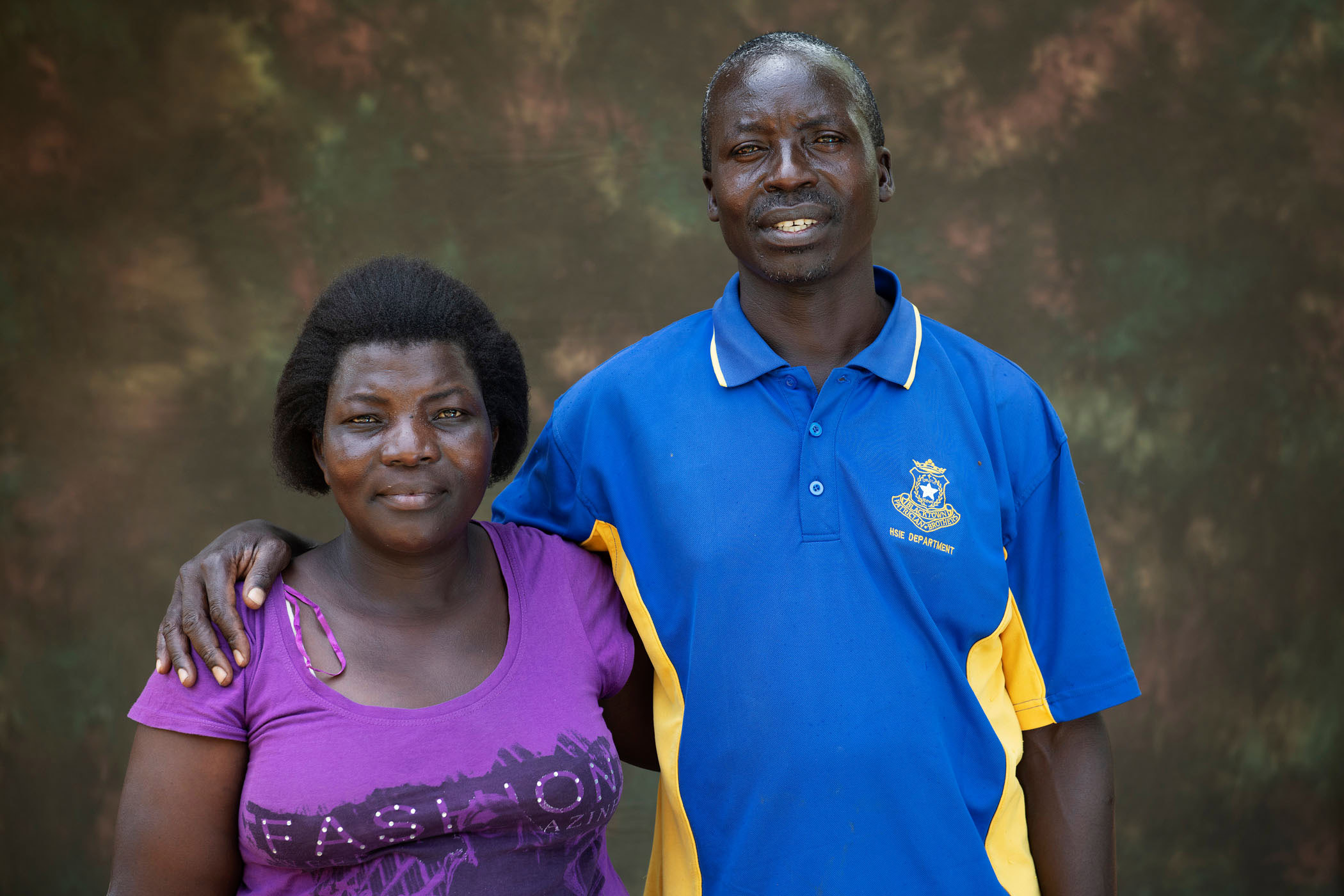
In the face of a changing climate, the crops and livestock that had long sustained their family’s livelihood were now suffering. High-value crops like tomatoes withered in open fields, while local breeds of goats and sheep, a fallback source of income, fell to hunger and disease.
With nine children to feed and school fees to pay, Poline and John knew they needed to find alternatives.
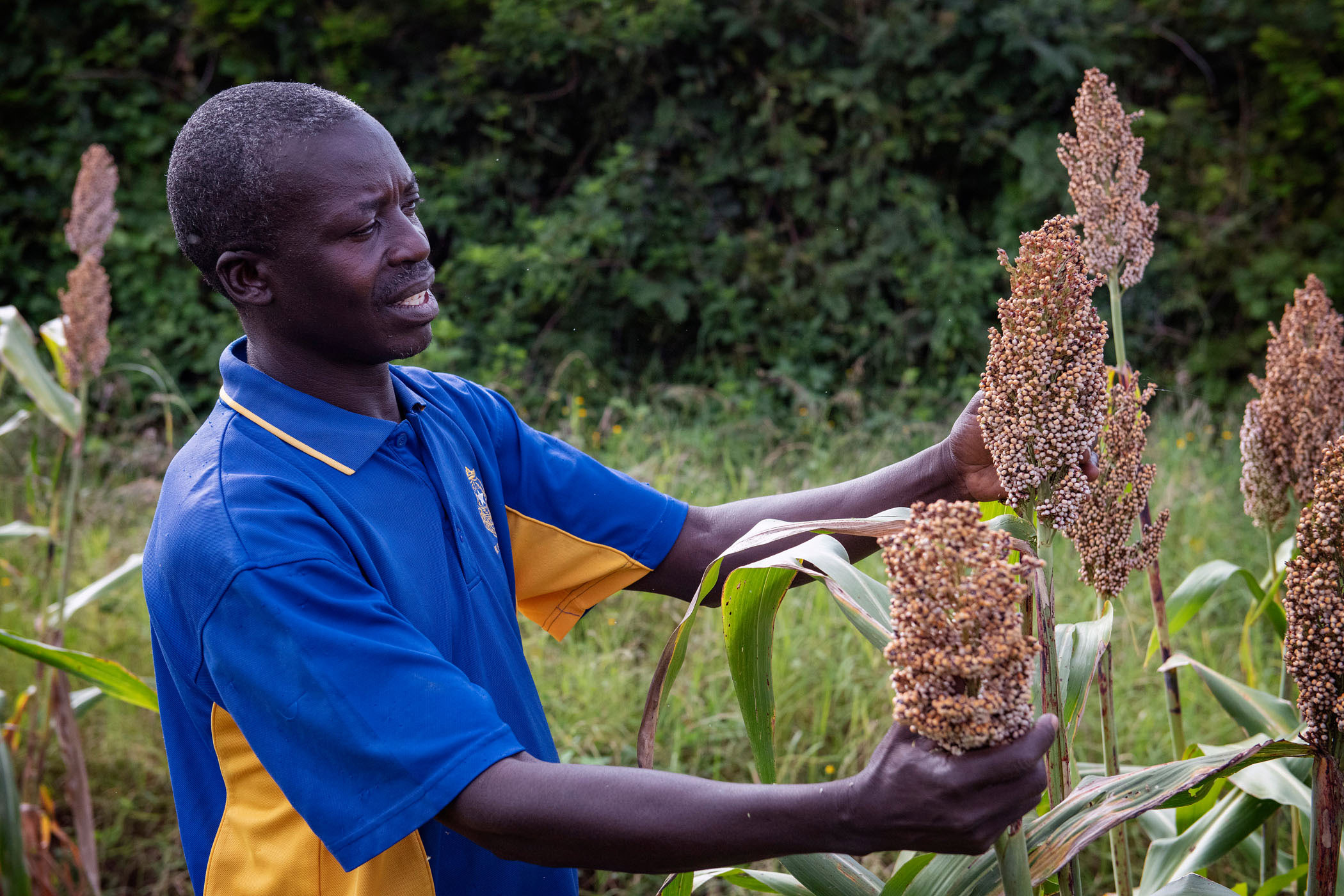
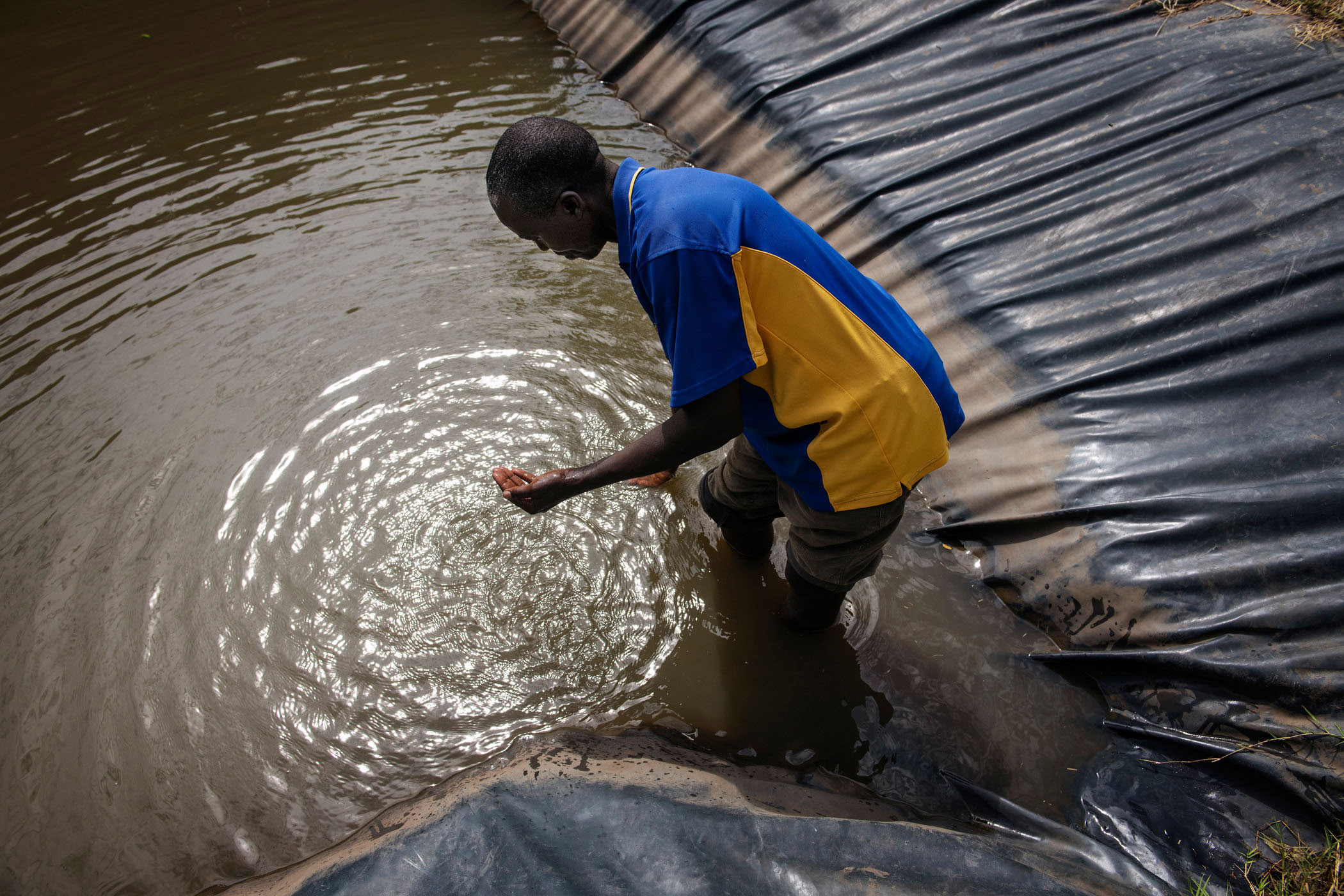
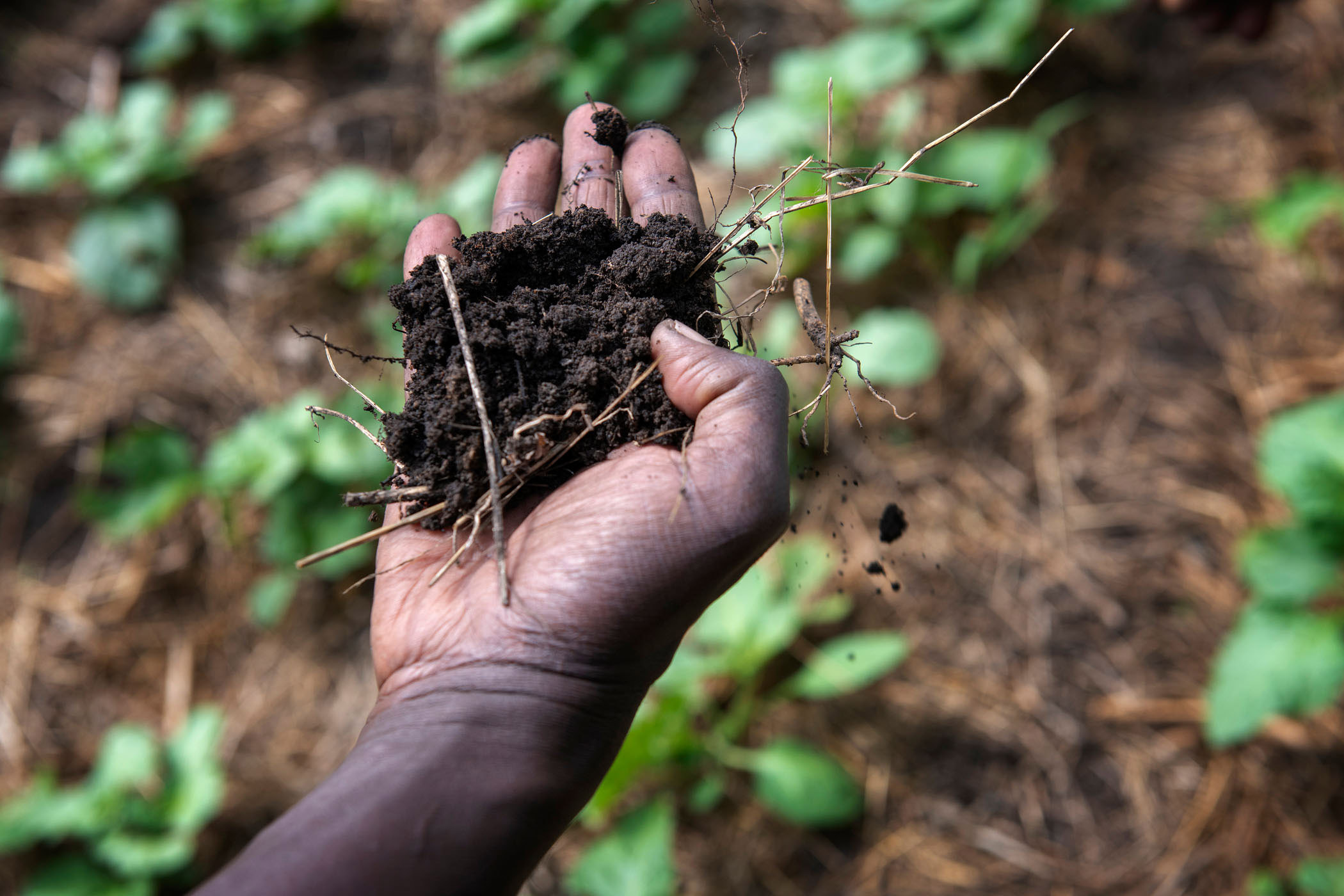
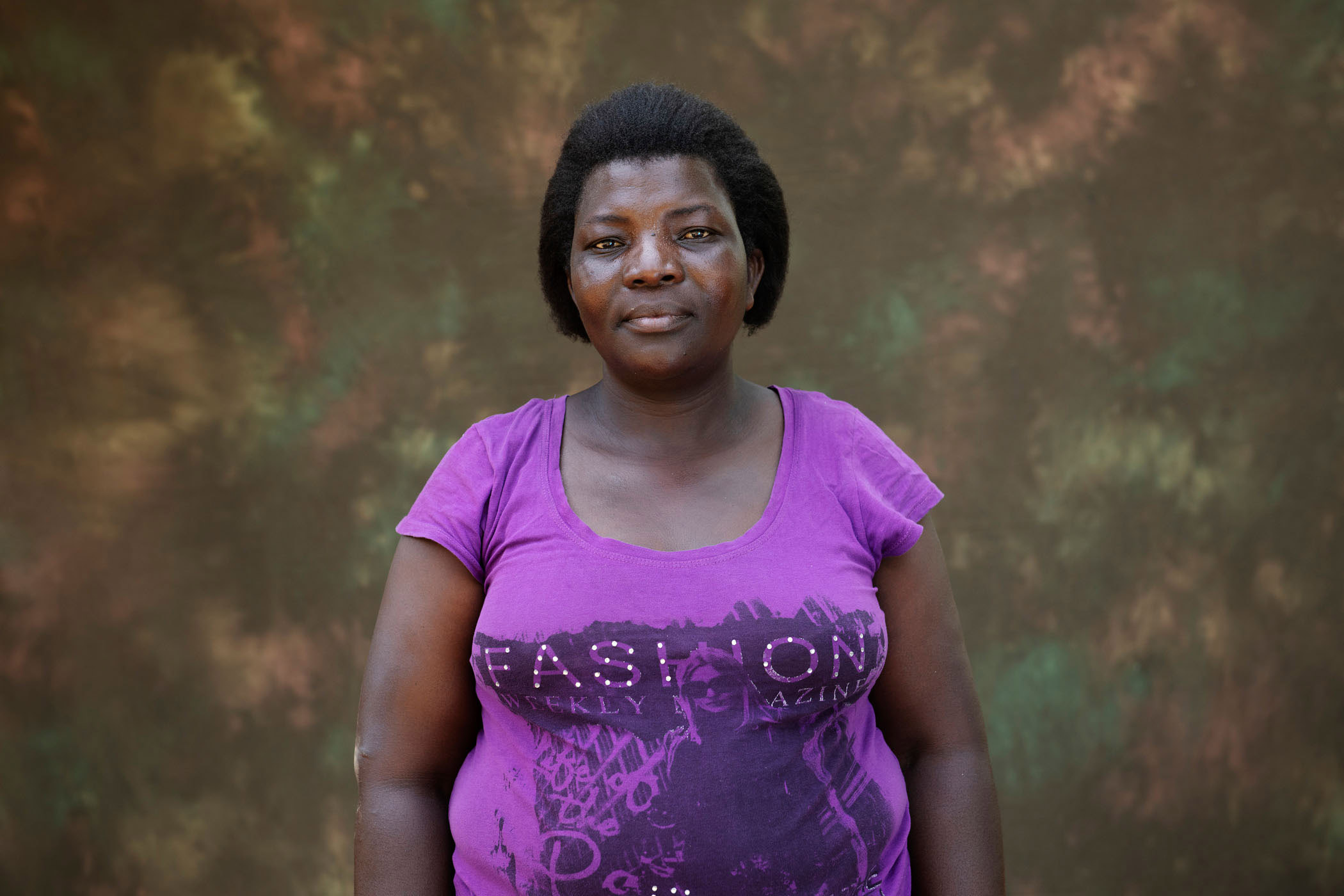
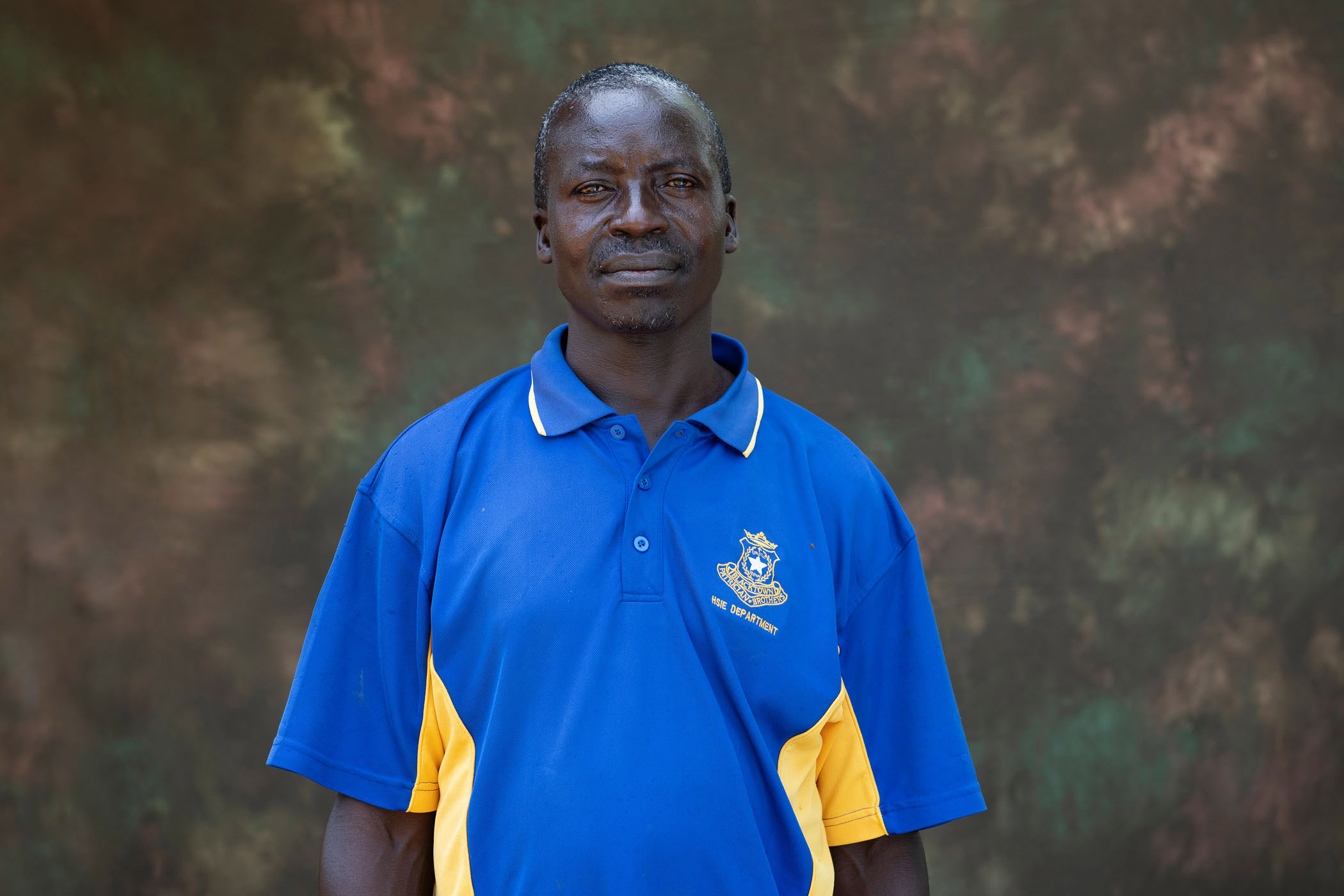
Responding to the drought, researchers from the CGIAR worked with farmers like Poline and John through community-based organizations in the Nyando area of Kenya to find more climate-resilient ways of farming.
One innovation was to upgrade local crops to new varieties that were hardier when hit with drought and were faster to grow, resulting in more crops to eat and sell.
Another was to change the way the crops were grown. Farmer groups encouraged their members to shift from open crop cultivation to closed, protected spaces, such as greenhouses, fed by drip irrigation. The greenhouses helped to save water and offered better control of pests and diseases.
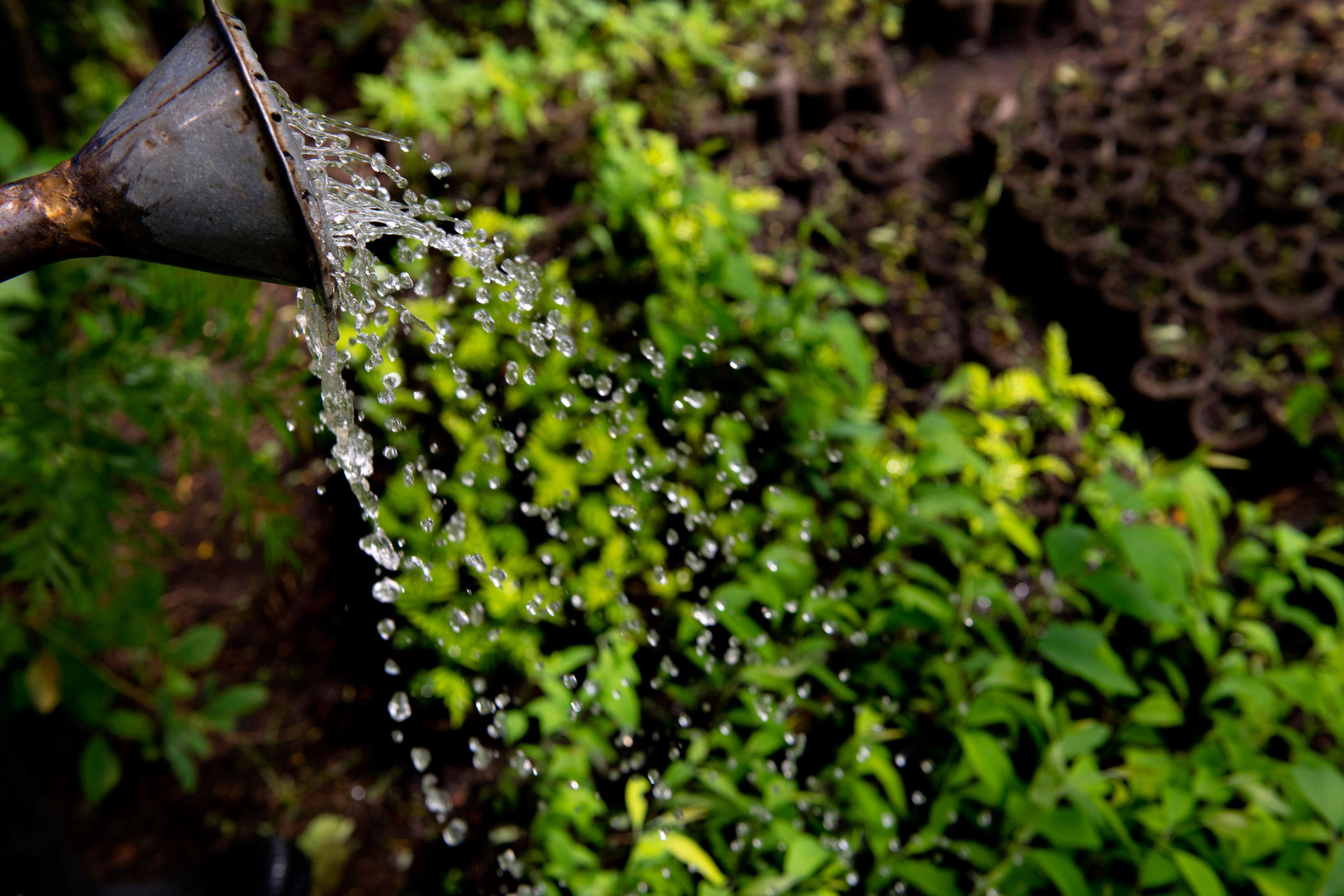
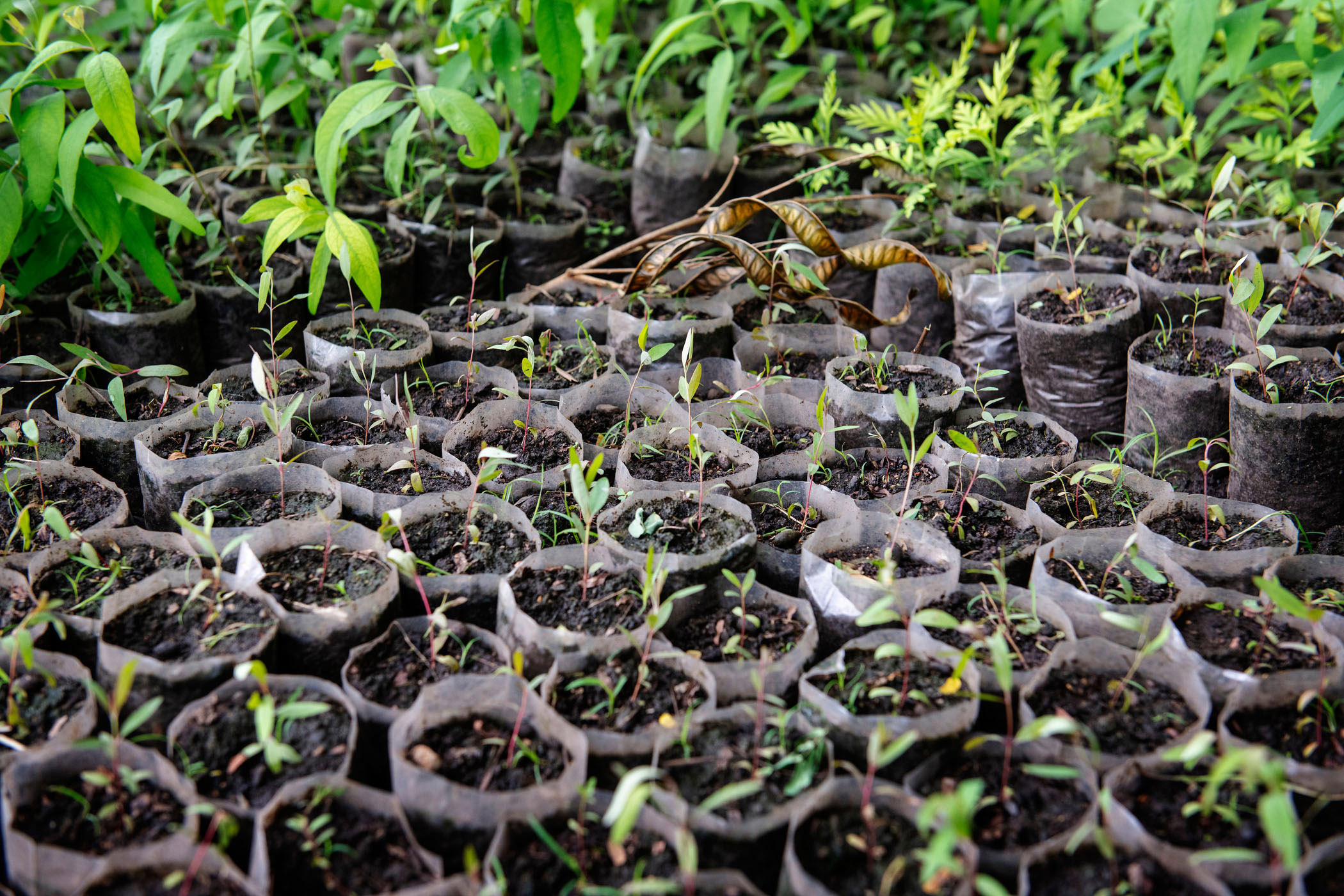
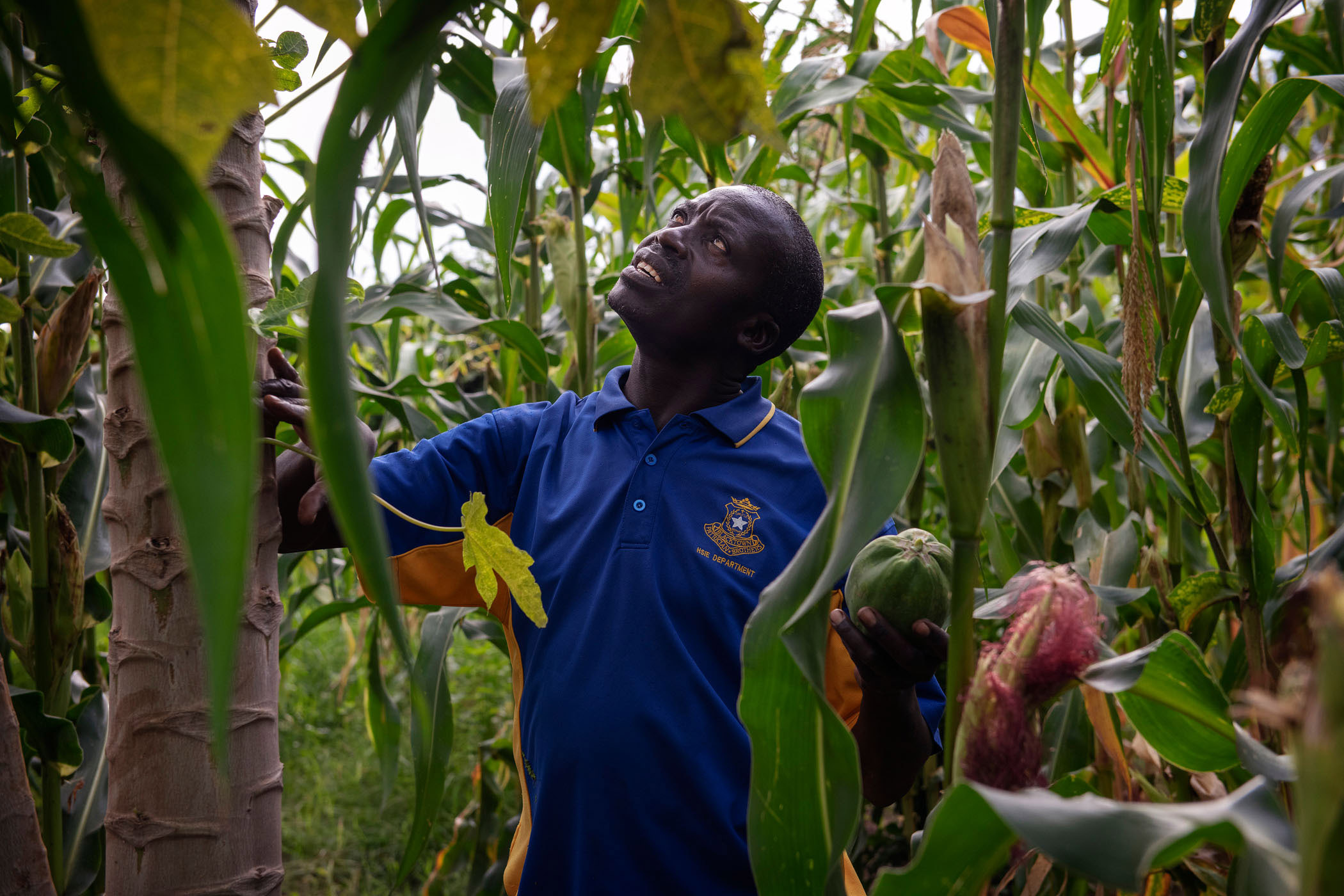
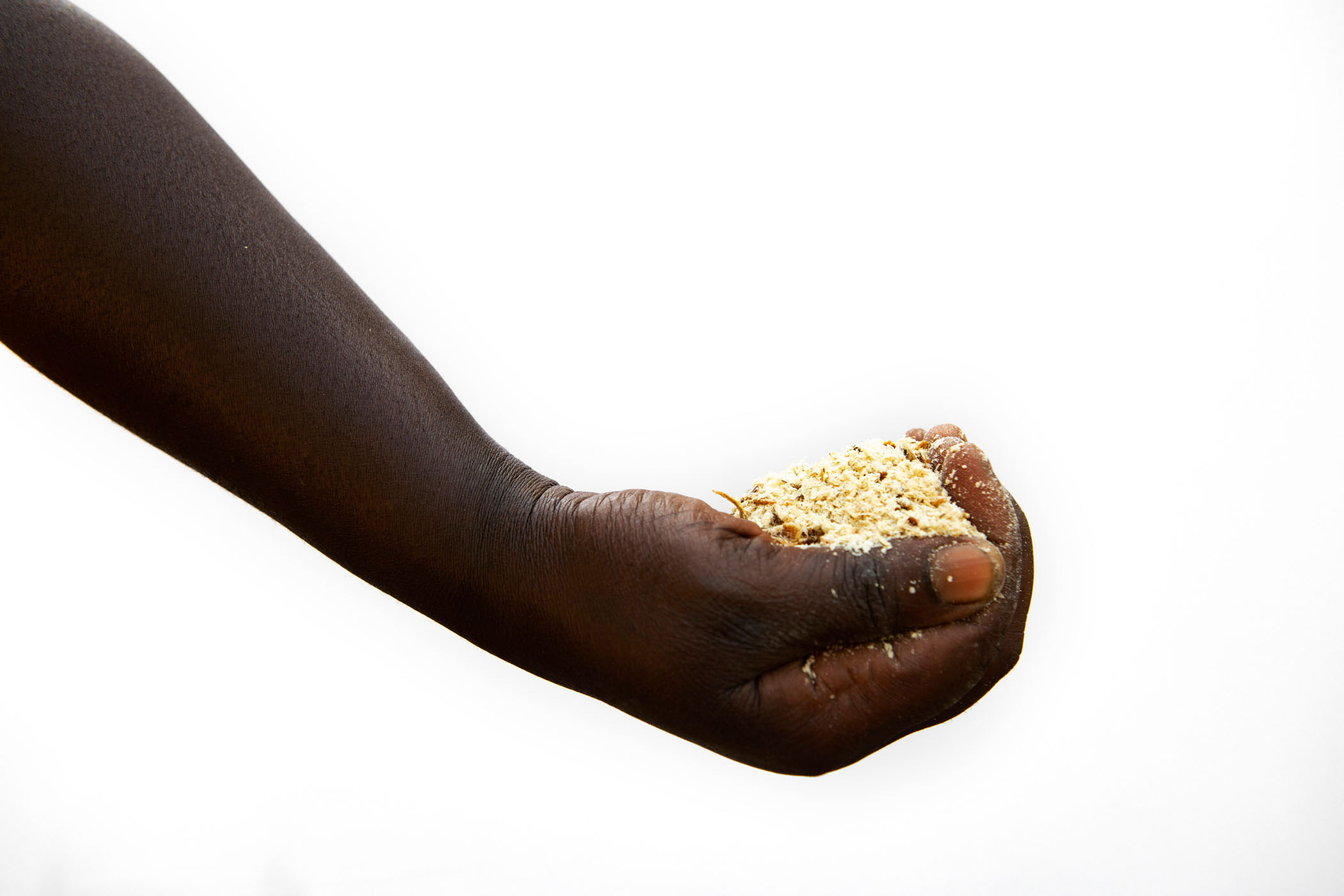
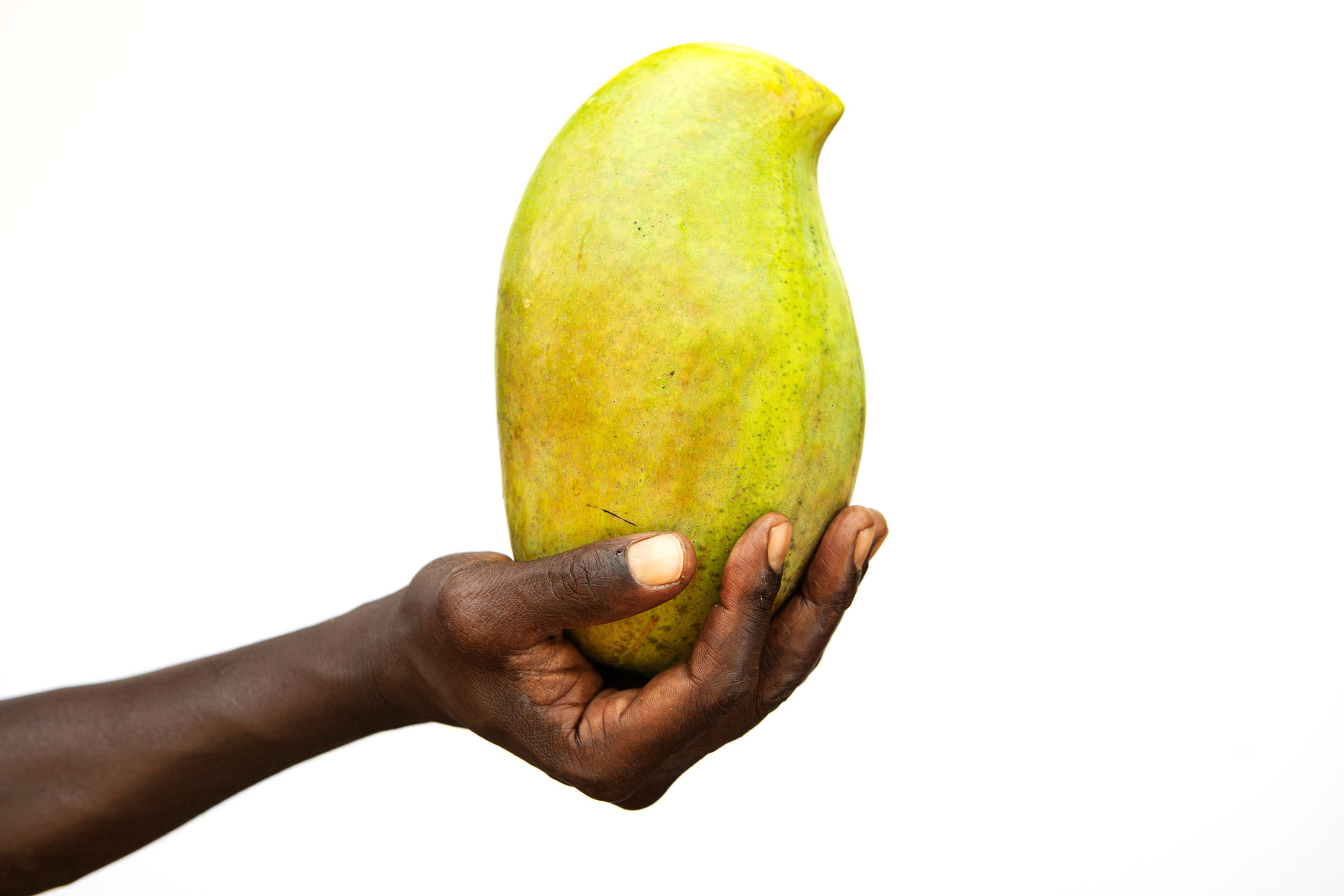
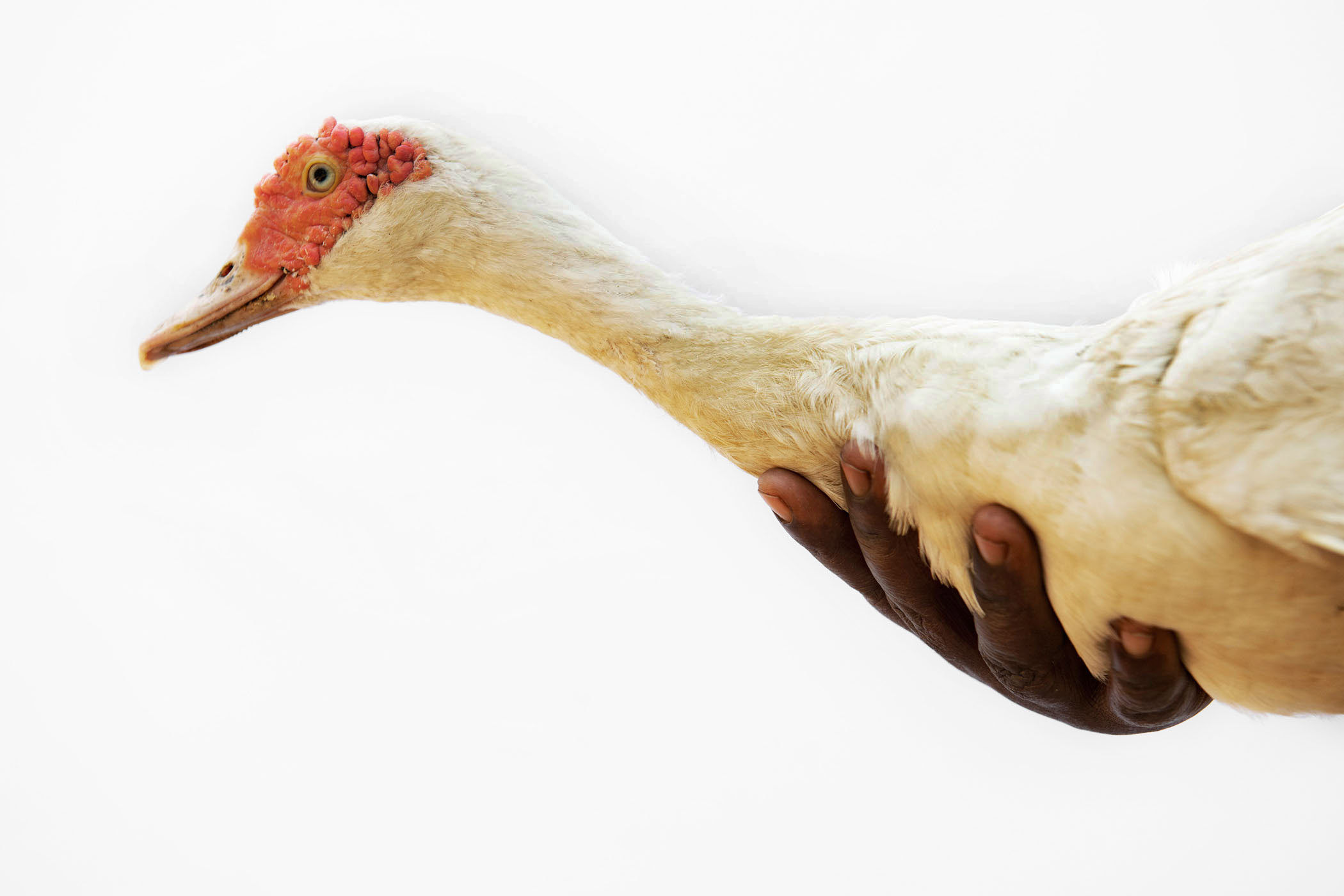
Smart farm technologies for water conservation and management also helped with crop irrigation to maximize land use. Poline and John were advised to dig water harvesting pans around their land to source and collect rain water.
“With that water I was able to produce mangoes, pawpaws and vegetables,” Poline says. The extra produce meant she could pay for three of her children to go to secondary school.
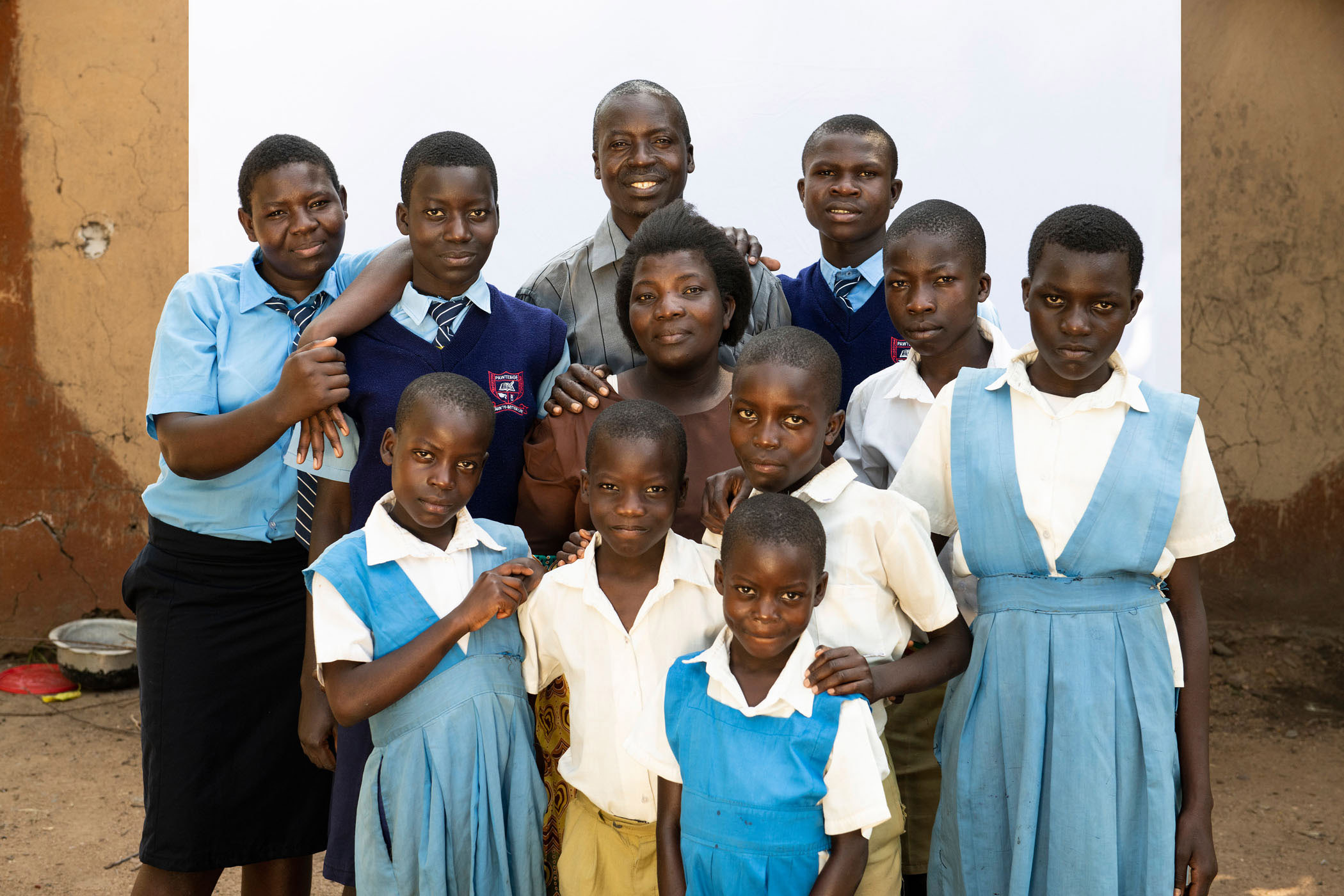
Goats and sheep, an important source of income during drought, were also upgraded in efforts toward climate resilience. Since 2013, local breeds, which have low productivity and are susceptible to drought and disease, have been crossed with more resilient breeds.
Across the Climate-Smart Villages in the Nyando area, more than half of the households (57%) now own these new, improved breeds of climate-resilient goats and sheep.
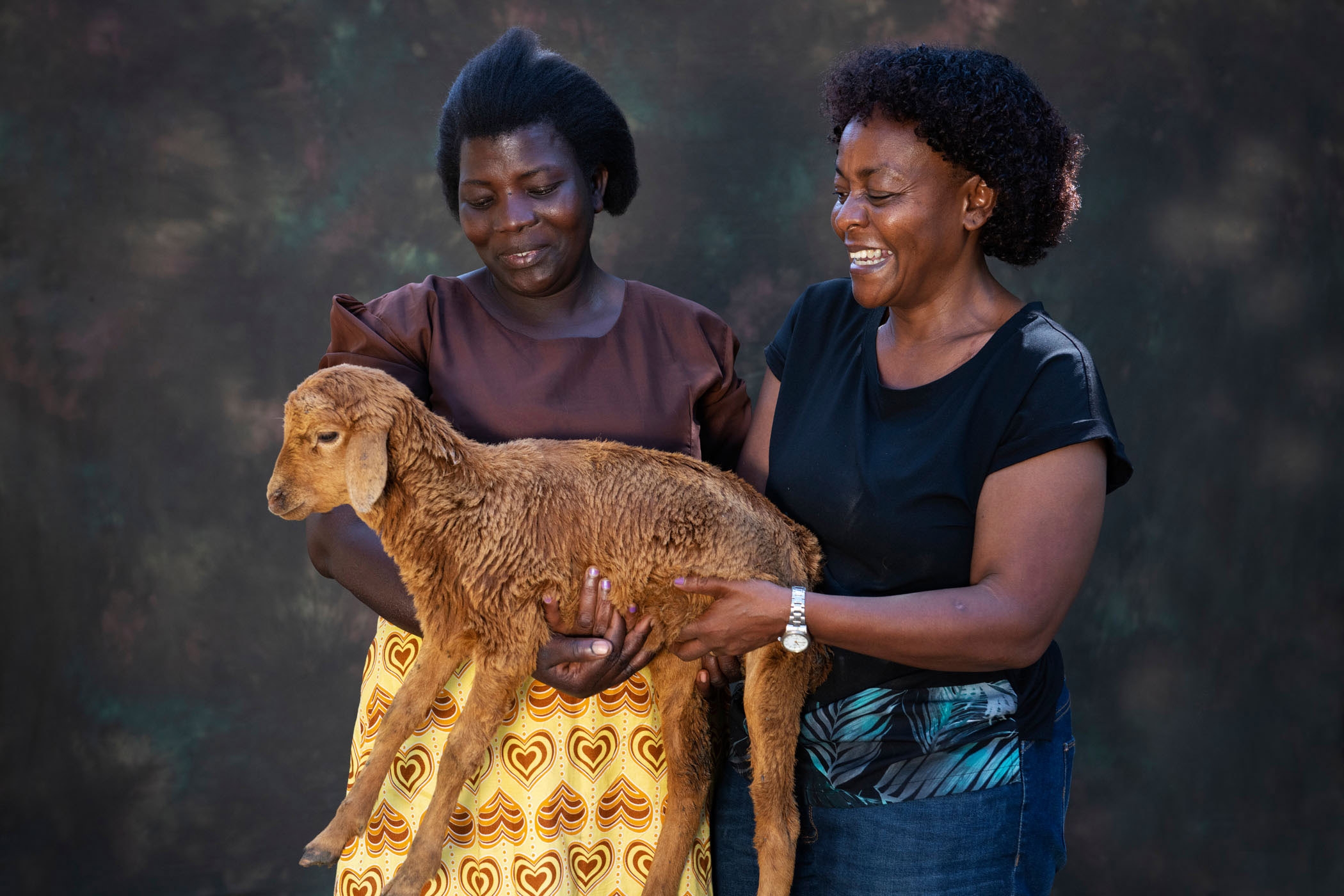
Coupled with better livestock management practices, the new crossbreeds have brought multiple benefits to drought-hit households. Surviving harsh conditions, they are a valuable asset in times of drought as a source of food and income.
They have been found to improve overall household nutrition and individual farmers’ asset bases, particularly for women and youths, who tend to be the ones responsible for raising them.
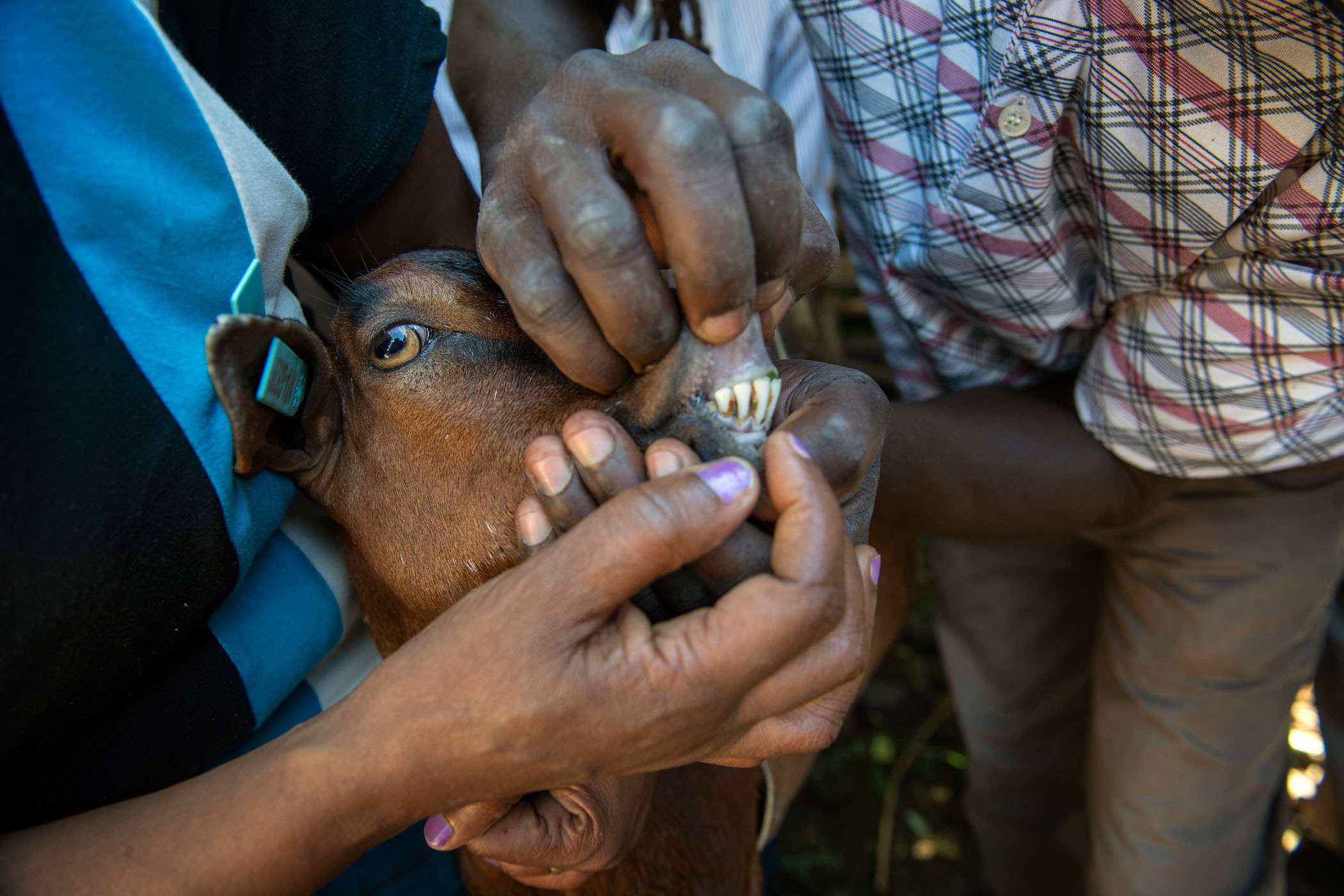
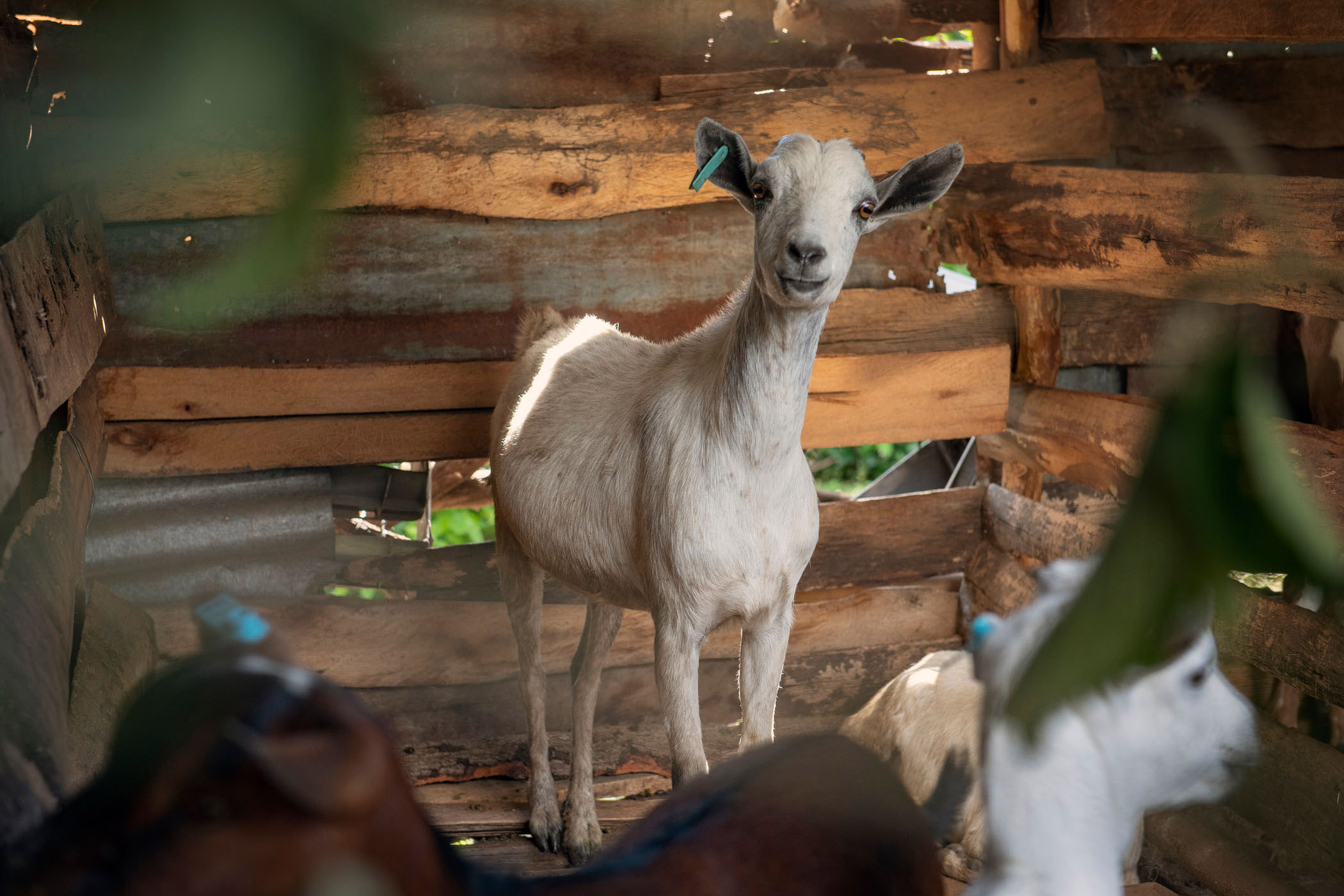
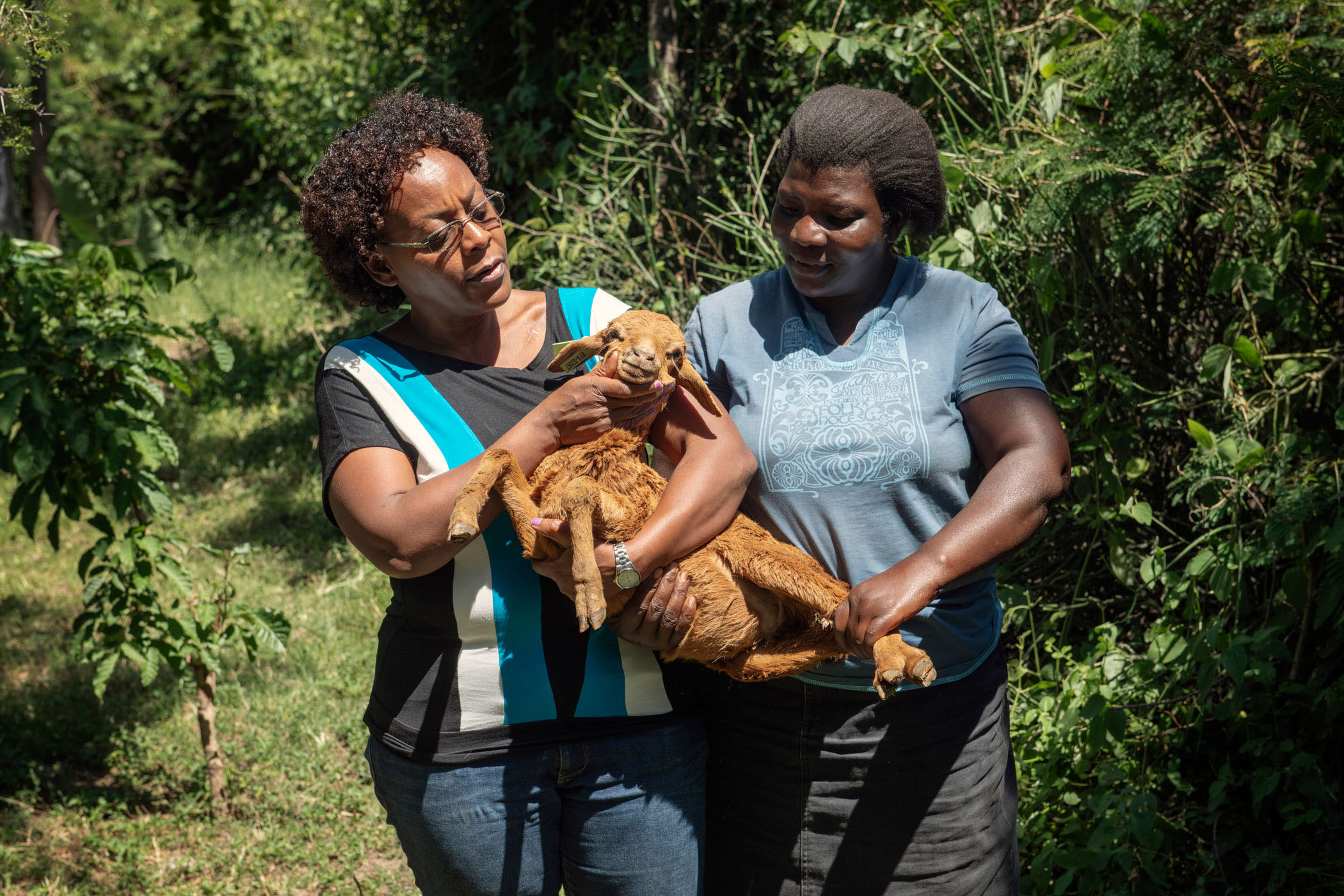
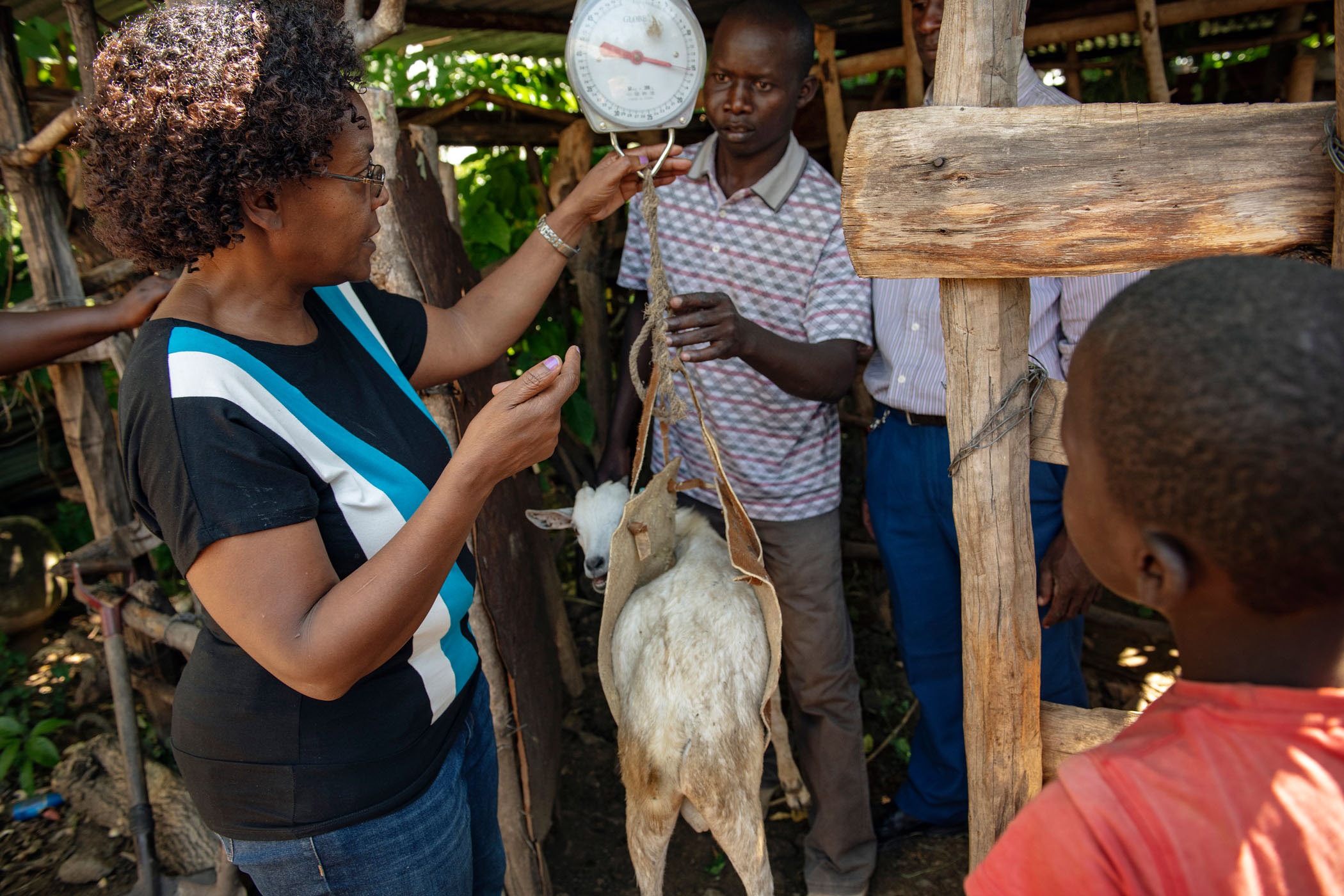
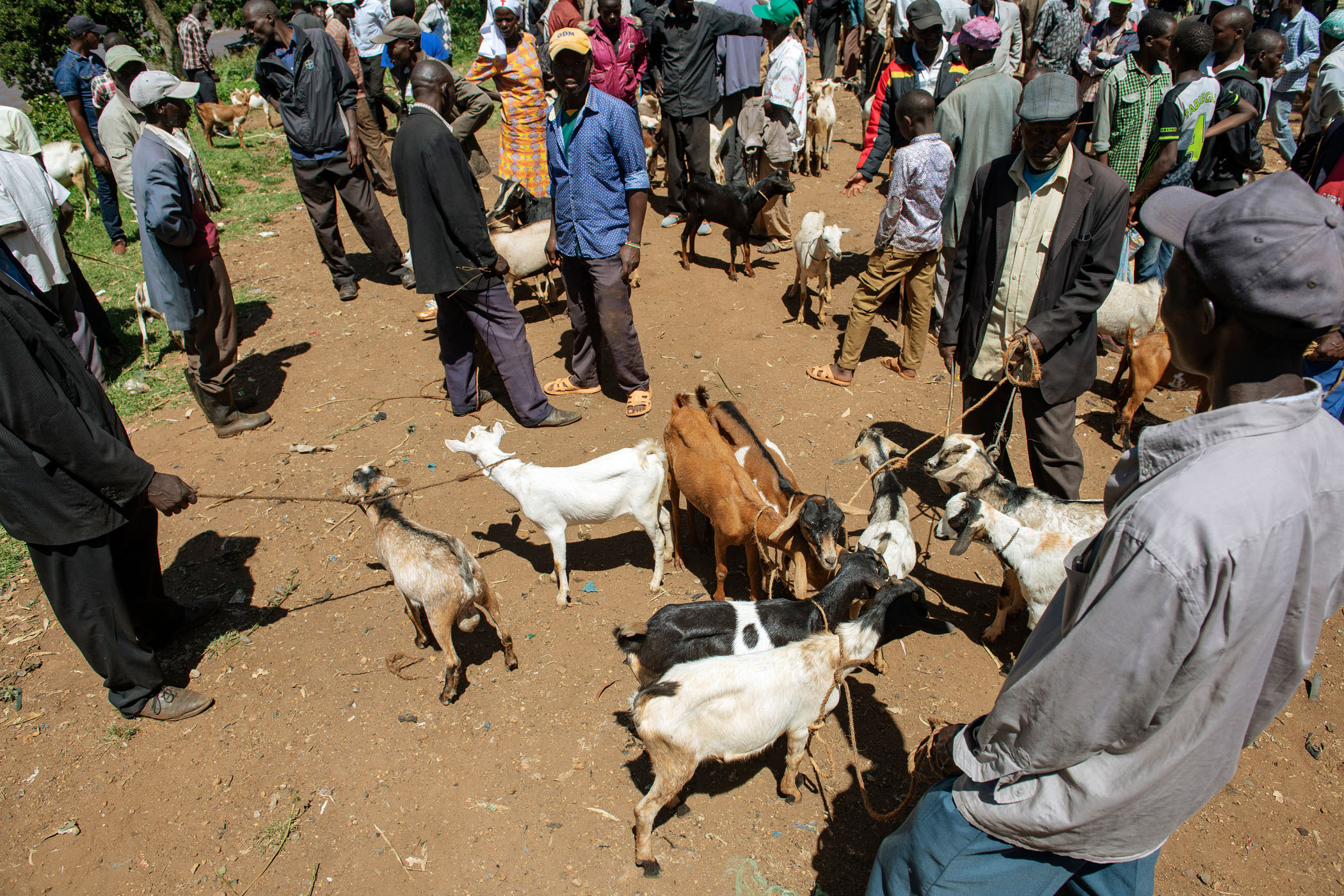
Finally, the improved breeds have helped to lower intensity of greenhouse gas emissions by allowing for the rearing of fewer, more productive animals — thereby managing to contribute to both climate change adaptation and mitigation.
For Poline and John, the changes mean they now have enough food to feed the family, and send all of their children to school.
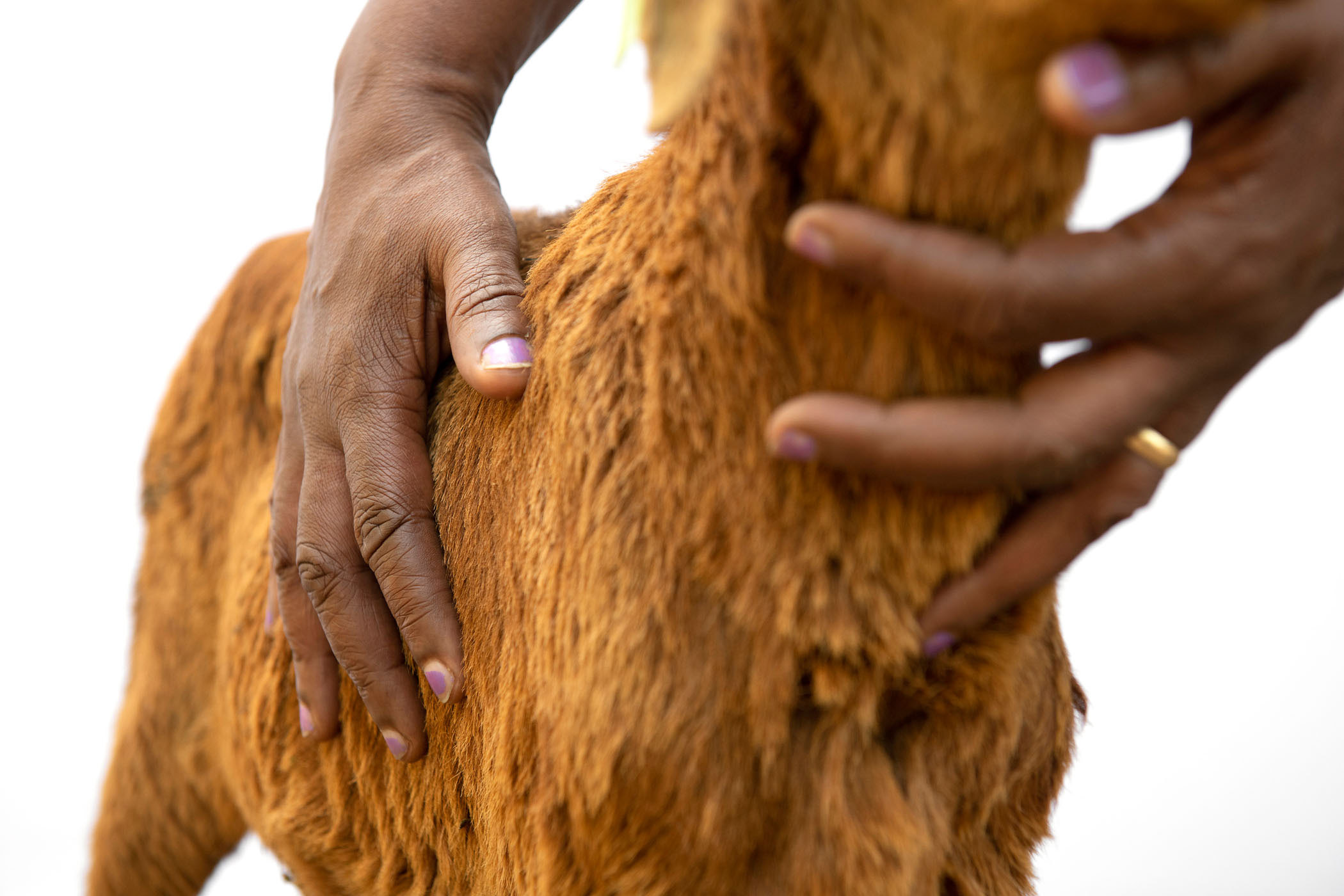
I can say my family is now food-sufficient
John Omondi, farmer
He plans to share what he has learned with friends and neighbors, spreading the benefits of the new crops and techniques introduced to him by the researchers.
“The fact that through what I do, or through the knowledge that I have, I can help somebody address the challenge, and we can actually produce enough food, either for households or for communities, for me, that’s a big game-changer,” says researcher Julie Ojango.
When you can actually help to make a difference and make the world a better place, I think that’s a good reason to work.
Julie Ojango, animal breeding scientist.
